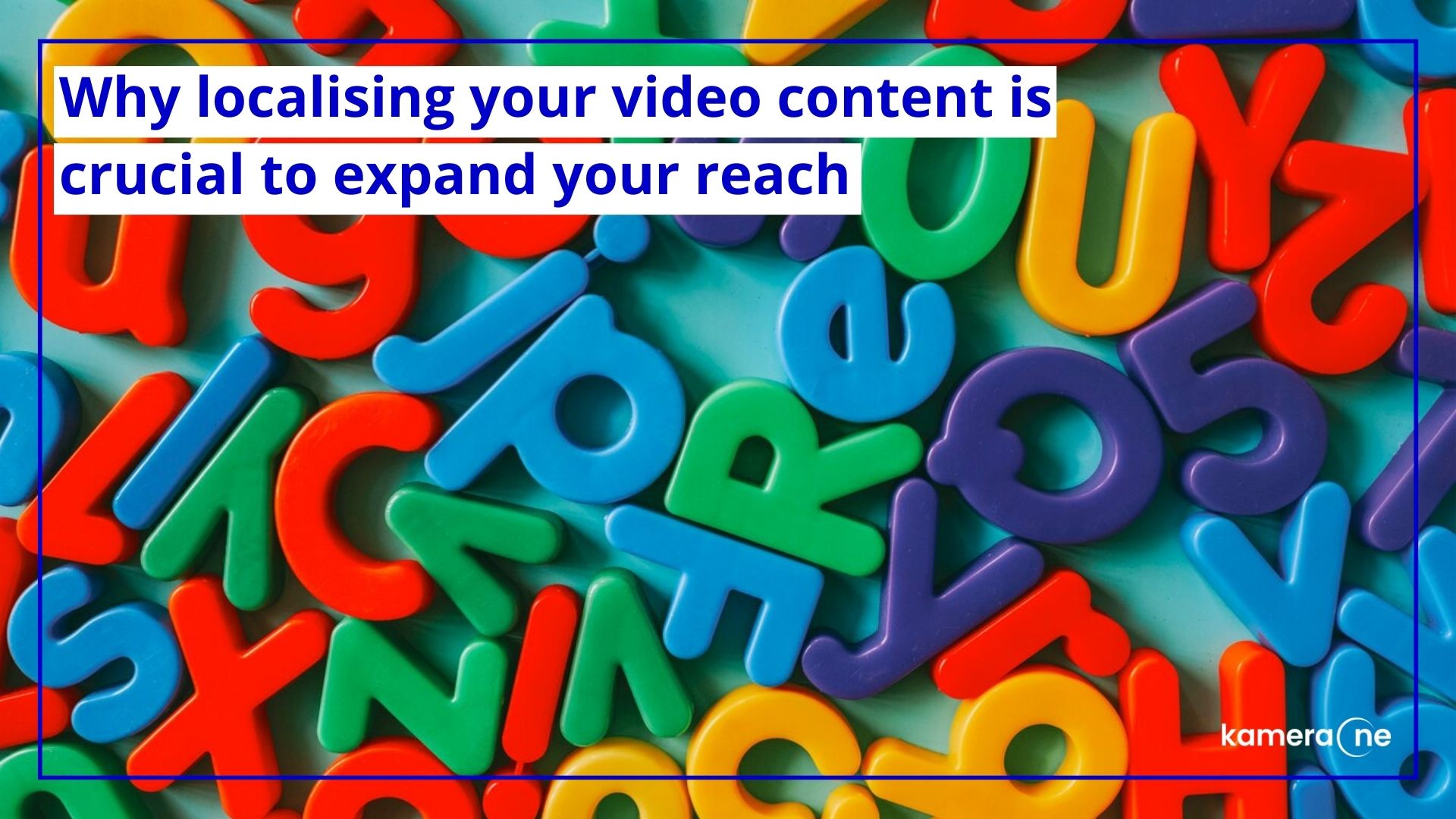
For content providers, the key to expanding your reach lies in the science & art of localisation – tailoring your videos to the unique nuances and culture of each region you want to serve. In this blog post, we explore that localising videos is more than just creation of subtitles to captivate new audiences across the globe.
Publishers, like content providers, understand the importance of reaching a global audience and the role localisation plays in achieving this goal. However, the process of localising videos can be time-consuming and resource-intensive, often posing a challenge for publishers with limited manpower and budget constraints. It is therefore of a paramount to be very intentional how to approach creation of a local content.
The Power of Localised Engagement
Cultural Relevance: One size does not fit all, especially when it comes to video content. Audiences across the world are diverse, and their preferences vary based on cultural backgrounds. Adapting your videos to local contexts allows you to resonate with viewers on a deeper level by incorporating elements that are culturally relevant. Whether it’s language, traditions, or current events, tailoring your video clips creates a sense of familiarity that transcends geographical boundaries.
Building Trust: Trust is the cornerstone of any successful content provdier-consumer relationship. By speaking the language of your audience, both literally and figuratively, you establish a connection built on trust. Localising content shows that you understand the unique needs and interests of your viewers, fostering a sense of community and loyalty.
Navigating Sensitivities: Every region has its own set of sensitivities, and what might be acceptable in one culture may not be in another. Localising content allows you to navigate cultural nuances and avoid unintended misinterpretations. This sensitivity not only prevents potential backlash but also ensures that your video content is received positively.
Inclusive Storytelling: Localisation goes beyond language; it’s about embracing the diverse narratives within each community. By tailoring your content to local perspectives, you ensure that your stories are inclusive and reflective of the richness within different regions.

Balancing Automation and Human Touch
At KameraOne, we experimented early on with available AI-tools to support the localisation process. While AI-powered translation might bring efficiency and scalability to the table, we cater to premium video clips which we believe requires human editorial supervision through the production process.
Use of automated AI-translation can make video localisation faster and more efficient. Now that should be approached with caution, as the core part of success of video clips is engaging storytelling. And storytelling involves emotions, creativity and empathy, and our experience so far is that is where human editors dominates.
That’s why call for the efficiency should never override maintaining authenticity, integrity and alignment of the unique storytelling adapted for different languages and regions.
In conclusion, the importance of localising video content cannot be overstated. It’s the bridge that connects content providers and publishers to diverse audiences, fostering engagement, trust, and loyalty.
By being mindful of how you approach content creation as a content provider or publisher, especially for local audiences, you can effectively localise your videos without compromising quality or efficiency, enabling you to reach a wider global audience and build a good connection with your viewers.
Eager to make your videos available to new audiences? Get in touch with us today and see how we can help you!
